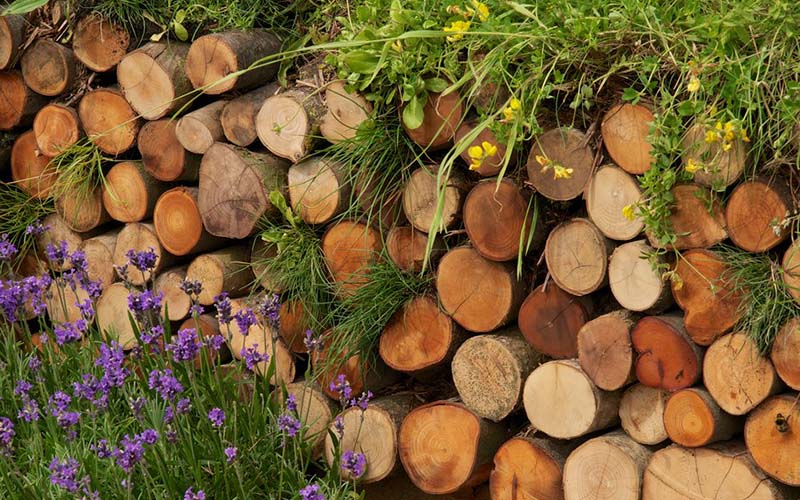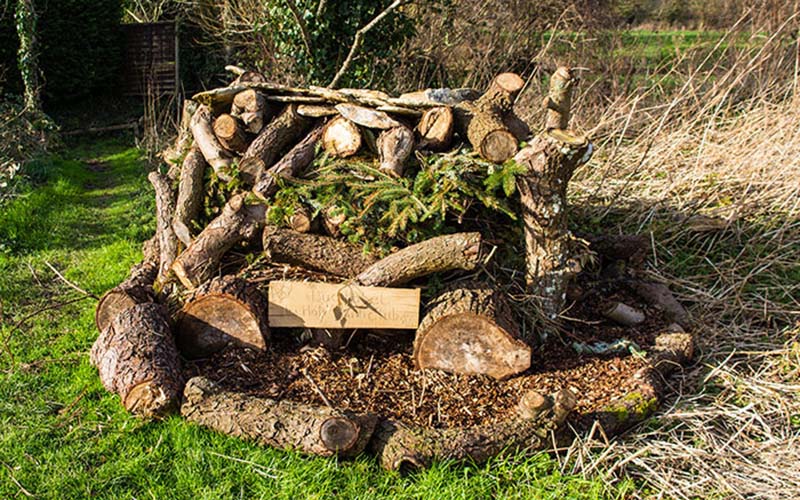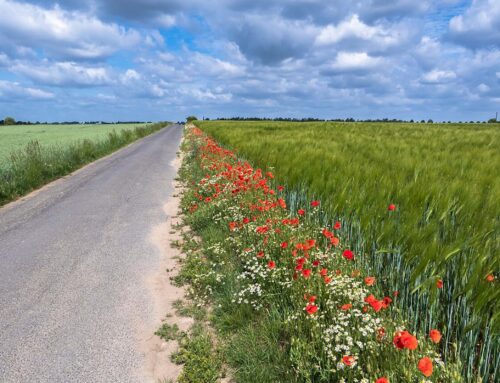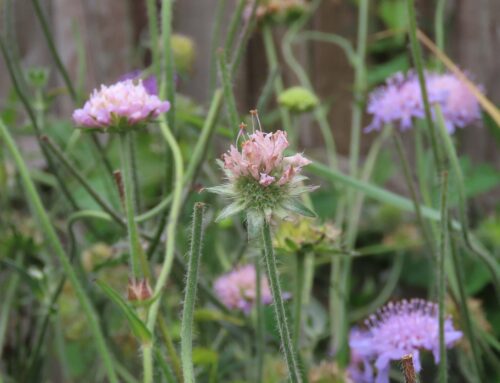Log piles and Dead Wood for Wildlife
Log piles
While you can build proper hedgehog homes, you can also just stack pallets on top of each other to create a shelter for hedgehogs or “even stacks of woods are fine” says chairman and chief horticultural advisor for the Gardening In association, Dan Ori.
Log shelters or piles are also great hiding places for many insects which will then attract other wildlife looking to munch on them such as frogs, birds hedgehogs. And log piles in the sun are great spaces for solitary bees to make their nest holes.
Follow this link to find out what you will need to create a log shelter (hint: logs!) and how to best go about it as well as which insects to look out for.
You can also want to set up a beetle bucket. It’s super easy and doesn’t need much space. See this illustration for more:
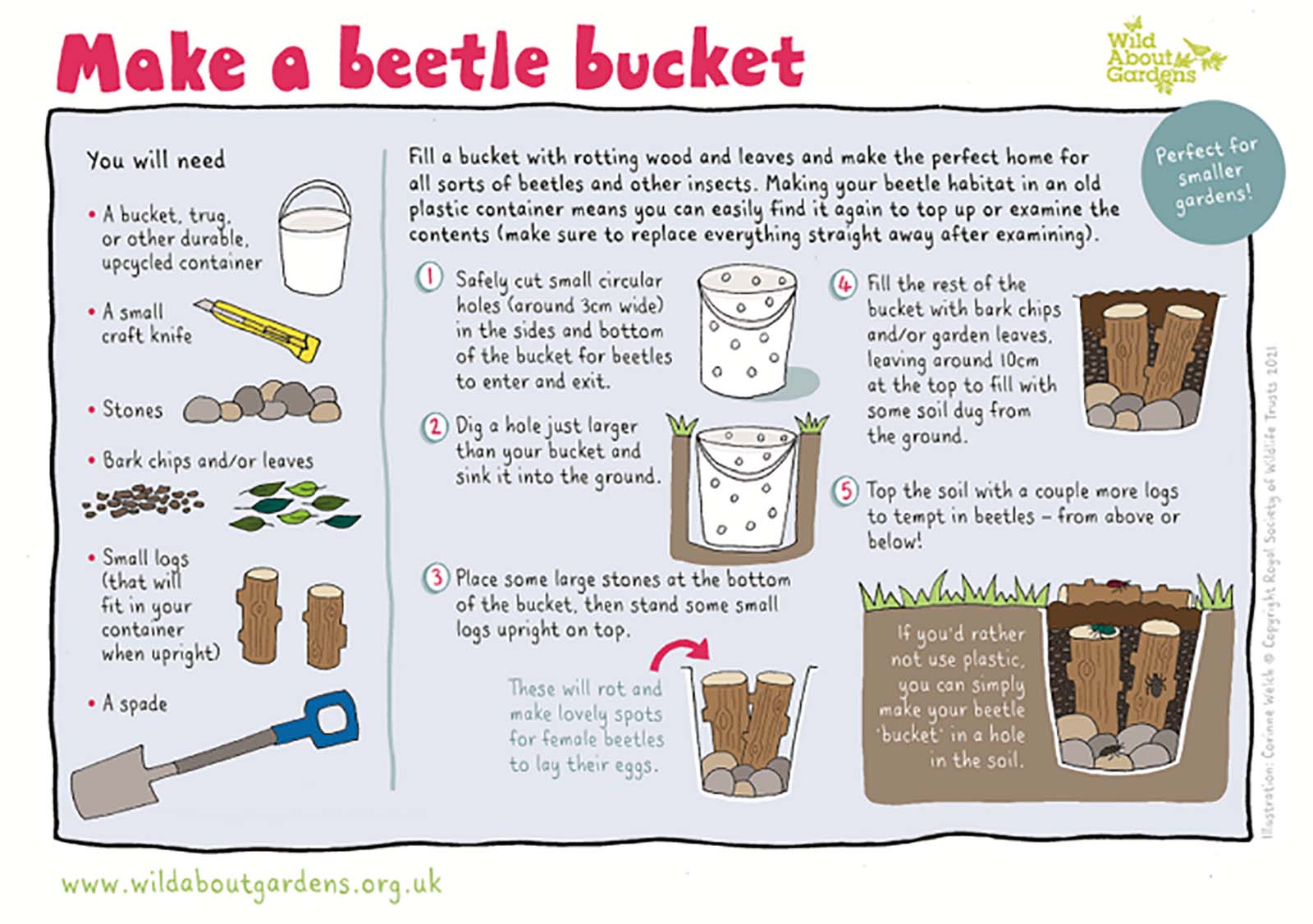
Dead Wood
Dead wood is common in natural woodlands, as trees fall and die creating a unique and important habitat for a whole range of wildlife including insects, fungi, mosses and lichens and their predators such as birds, hedgehogs and toads. Some types of beetle for example use dead wood habitats as a feeding and breeding ground and other insects like woodlice, centipedes and millipedes make use of the dark and damp shelter.
As our landscapes have been transformed into neat agricultural sites, this type of habitat is disappearing. Thus having a pile of decaying logs or wood set up somewhere is another great step to making your garden more wildlife friendly!
You don’t need much space for this, (you can even do this on a balcony or terrace) just look for a little spot in your garden where you can set up a pile of dead/decaying logs, ideally in the shade so that the pile stays cool and damp!
The RSPB recommends using a mix of different wood types and log sizes (with bark!) e.g. beech, oak, ash or elm. You can take it a step further by adding a bit of leaf litter on your wood stack, this makes for a great hibernation spot for hedgehogs or toads. As the older logs decay over time, keep up your dead wood habitat by adding a few new ones (you can always use old, dead logs though!)
Follow this link for a step by step guide and a video about how to create a wood log pile for wildlife.
You may also want to check out this resource for tips on how to keep decaying wood on trees and shrubs and how to set up dead wood on balconies and terraces.
You can also turn your wooden fence in to a dead wood habitat by allowing it to rot down gradually and refrain from using/treating the wood with preservatives/chemicals. See this page for more on this.
Lastly, check out this great resource offering guidance and tips for a setting up log shelters, dead wood habitat and compost heaps (also includes a video!)
Dead wood pile / photo by Gardener’s World https://www.gardenersworld.com/how-to/diy/three-ways-to-create-a-dead-wood-habitat. Wildlife Log pile / Photo by RHS https://www.rhs.org.uk/advice/profile?PID=551. Wood stacks / photo by David Domoney https://www.daviddomoney.com/wildlife-garden-build-log-pile-attract-insects.
